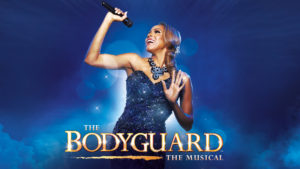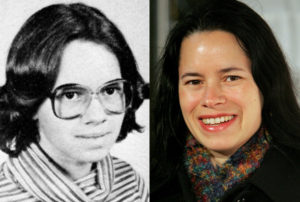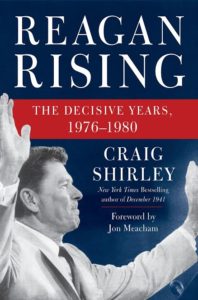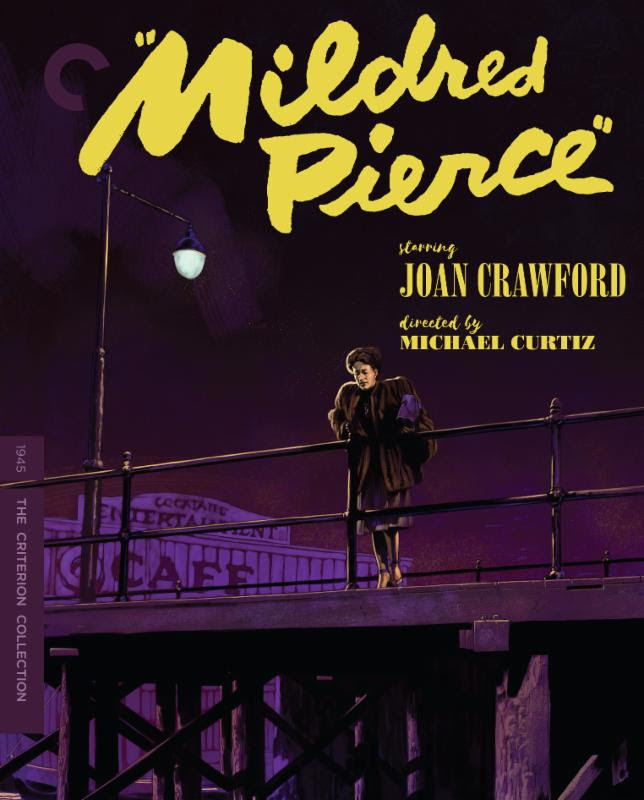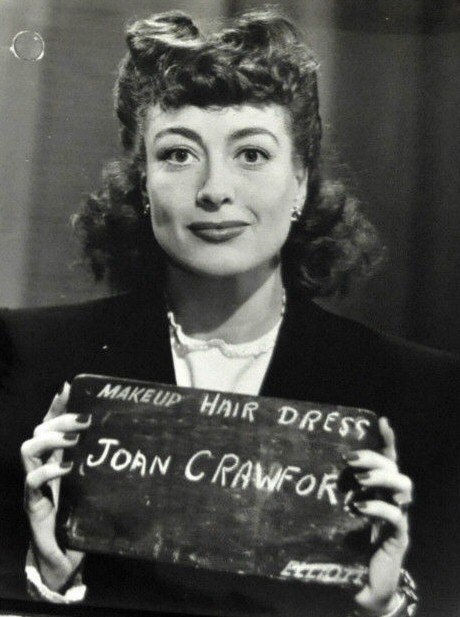ABC News Correspondent Bob Woodruff, who was critically injured while covering the War in Iraq in 2006 and was saved by the advances in military medical care, brings his personal understanding of the issues to his role as host and correspondent of Military Medicine: Beyond the Battlefield. “The goal is not only to save lives, it’s to return the wounded to the lives they want to live,” says Woodruff.
Military Medicine: Beyond the Battlefield (PBS Distribution) tells the stories of the men and women who are at the forefront of the medical frontier winning victories for military personnel and civilians. The documentary reports on the doctors and surgeons treating survivors returning home to resume their lives and recover from sometimes critical injuries.
The documentary will be available on DVD March 21.
More than 5,300 U.S. service members were killed in action during the Iraq and Afghanistan conflicts in the years between 2001 and 2014. But of the thousands of severely wounded who made it to combat hospitals, 96% came home alive. The program reveals the lifesaving measures implemented as a result of these wars–including faster medical evacuations, the creation of critical care air transport teams that turn planes into flying intensive care units, and the increased use of tourniquets. Military doctors who have treated wounded troops abroad and at home explain how military medicine has changed over the past 15 years.
Using the best science and technology available, the physicians and scientists in military medicine work to improve the lives of America’s wounded, as well as their families. Woodruff takes viewers inside laboratories, hospitals, and rehabilitation centers, where military medical advances and technology are making artificial arms with life-like responses, 3-D printing new organs, adding robotic arms to wheelchairs, and giving damaged legs new strength.
Woven throughout the documentary are the personal accounts from active duty troops, veterans, civilians and military families who share how medical advances are both saving and changing their lives. Among the stories presented is that of retired Army Sgt. 1st Class Ramon Padilla, who served in Iraq and Afghanistan. Padilla participated in a trial of a robotic prosthetic arm that uses implanted sensors to stimulate movement. Thanks to this groundbreaking technology, he can bend his thumb and play ball with his children, neither of which he could do with his first prosthetic arm.
In terms of numbers, the biggest medical challenge for the military is treating service members with brain injuries like retired Army Sgt. 1st Class Elana Duffy, who is dealing with memory loss and other symptoms of a traumatic brain injury she sustained while serving in Iraq in 2005. Specialized clinics, such as one at the Landstuhl Regional Medical Center in Germany, featured in the documentary, are helping service members identify and heal from these invisible wounds.
The program also delves beyond the medical aspects of medicine. Considered a special “healing place” by veterans is Richard’s Coffee Shop in Mooresville, N.C. In operation for more than 20 years, the place offers free coffee for veterans and an opportunity for them to connect every Thursday.
“I think Richard’s Coffee Shop is some of the best military medicine around,” says retired Staff Sgt. Dale Beatty, who lost both of his legs while serving in Iraq as a member of the U.S. Army National Guard. After recovering, Beatty co-founded Purple Heart Homes, an organization that provides housing solutions for disabled veterans.
There is still much to be done beyond the battlefield. “You know it goes back to George Washington’s phrase—and I paraphrase now — that ‘the extent to which future generations will serve is directly proportional to how they see the current era veterans being treated,’ ” Woodson explains. “And so, if we don’t treat them well, if we don’t welcome them back into communities and embrace them and fully support them, we put our future national security in jeopardy.”

